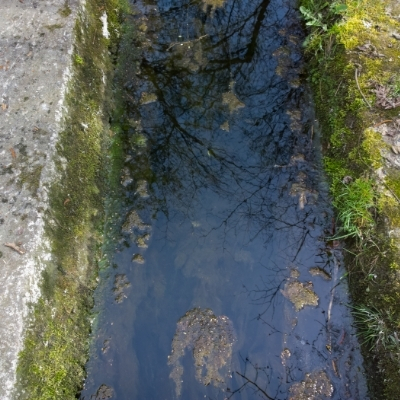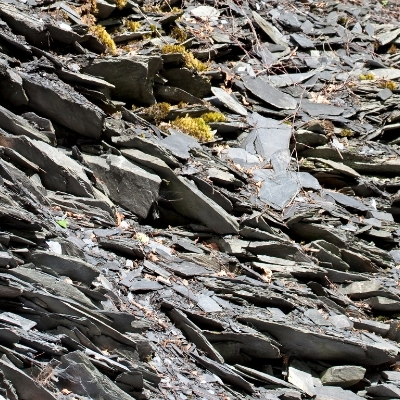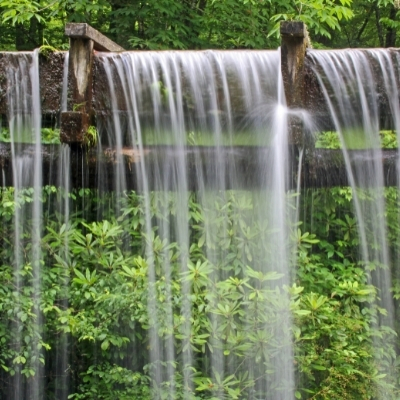Due to rapid urbanisation, the surfaces are getting concretised. So during rains the ground water table is not getting recharged. Further, contrary to belief annual rains have not reduced. It’s the number of rainy days that have reduced. Which leads to short but intensive wet spells and extended dry seasons. So what you have nowadays is sudden deluge and then drought.
To make the matter worse, India in order to meet its demand, is pumping out 25% of the world’s total groundwater. What exactly is going wrong? To understand it , we need to go back to the India of the 15th century.
Baori, Babli, Vav, Pushkarini, Kund, Jhalra, Jheel, Johad, Sarovar, tanka, talab or pond, whatever name you know it, these water bodies were a partnership, a partnership between the caretaker and the ruler of the land in one way or the other. Not only was it a source of tax for the King, however it was also his prime responsibility to maintain and promote them, after all without water how can you irrigate the crops and feed the entire population.
All this changed during British Raj which created havoc with the entire water bodies and canals, leading to the worst famines in human history. They abolished the entire partnership mechanism and made water a source of taxes for them. The maintenance was relegated to the purview of “Zamindars” who for obvious reasons never bothered to maintain it. What compounded the problem further was the European approach of centralising each and every infrastructure including water. This was contrary to the approach of decentralisation that India had during its golden age.
Those water bodies are now extinct from the cities, they have been filled and reclaimed for the construction of buildings. Some with success and many with failure in the short term.
…Indian challenges need Indian solutions. In today’s cities, where space is always at a premium, we can recreate them through non motorised transport corridors. Which while serving the need of sustainable transportation, would also act as a ground water recharging mechanism while preventing water logging during rains. So what residents would be having is corridors lined with trees even during scorching heat, and yet able to preserve their health at the same time while using them.!



